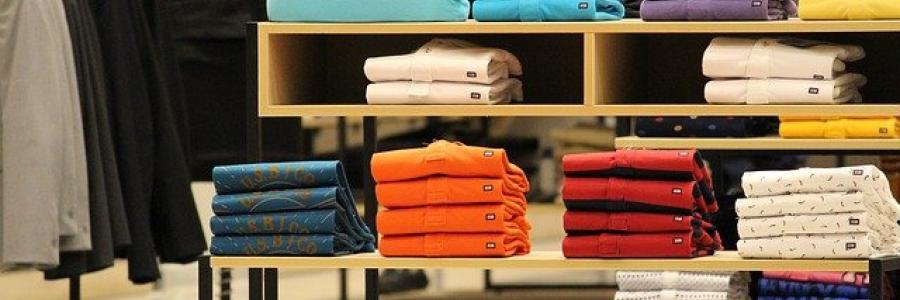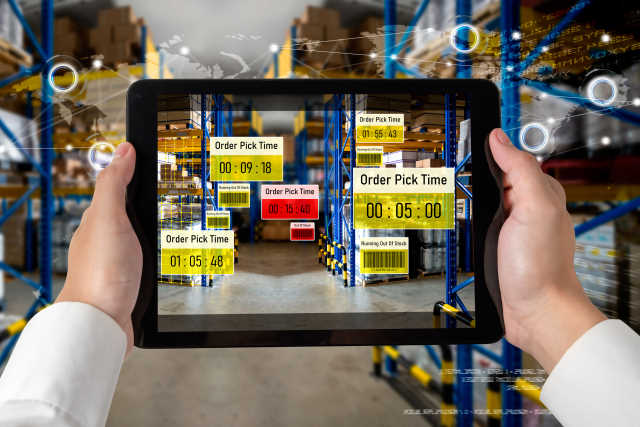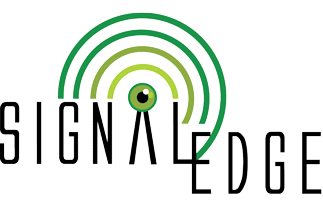- Image

Retail
Smart Shelf is where sensors track RFID tagged merchandise so that when you take a pair of Jeans off the shelf this is queued into the Corporate Asset Tracking system. Then an Automated Checkout process occurs that is advertised as “Shop and Just Walk Out”. That while walking through a self-check-out kiosk, with a quick swipe of the shopper’s cell phone, the tagged items are charged to your account. McKinsey estimates the ease of Automated Checkout can reduce cashier staff requirements by up to 75%, resulting in savings of $150 billion to $380 billion a year in 2025. Or when you are close to an item or department, promotional text discount offers are sent via stationary blue-tooth beacons to your phone. Swirl Networks Inc. found over 70% of shoppers say beacon-triggered offers increased their likelihood to purchase in-store.
Potential
 When considering this IoT potential, like enhanced inventory management and other existing Retail IoT successes, including foot-traffic monitoring through video analytics, sensor driven predictive equipment maintenance and robotic sales assistance. It is no wonder that McKinsey estimates that the potential economic impact of IoT will range from $410 billion to $1.2 trillion per year by 2025. Where it boils down to what was said in an iotforall.com article dated back in November 26th 2018. About the challenges facing IoT that retailers lack the infrastructure and network components that huge volumes of IoT data require. And that carrying out IoT data analysis in a timely and relevant manner represents a huge challenge for retail businesses. Focusing on Europe and the USA there are some 9,000 commercial retailers representing such industries as Food, Fashion, DIY and Consumer Electronics where there are some 1.6 million outlets/stores.
When considering this IoT potential, like enhanced inventory management and other existing Retail IoT successes, including foot-traffic monitoring through video analytics, sensor driven predictive equipment maintenance and robotic sales assistance. It is no wonder that McKinsey estimates that the potential economic impact of IoT will range from $410 billion to $1.2 trillion per year by 2025. Where it boils down to what was said in an iotforall.com article dated back in November 26th 2018. About the challenges facing IoT that retailers lack the infrastructure and network components that huge volumes of IoT data require. And that carrying out IoT data analysis in a timely and relevant manner represents a huge challenge for retail businesses. Focusing on Europe and the USA there are some 9,000 commercial retailers representing such industries as Food, Fashion, DIY and Consumer Electronics where there are some 1.6 million outlets/stores.
Target: 1.6 million stores, 50,000 sensors each.
